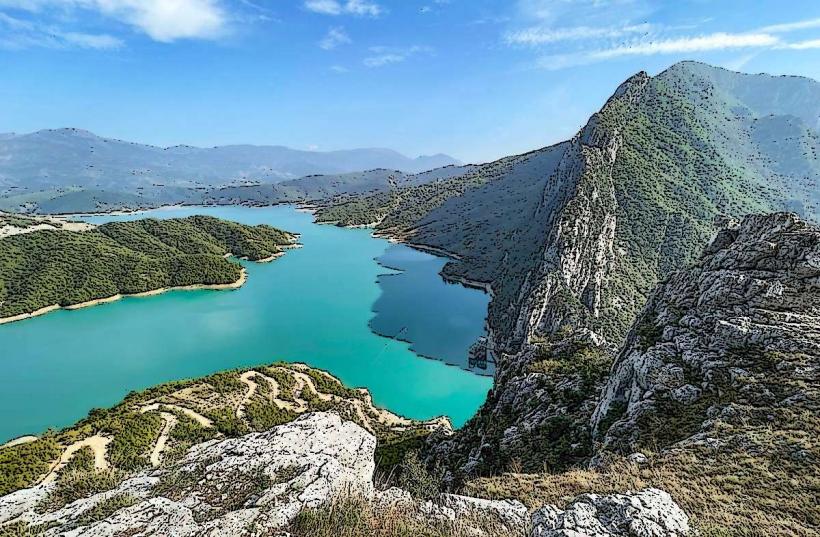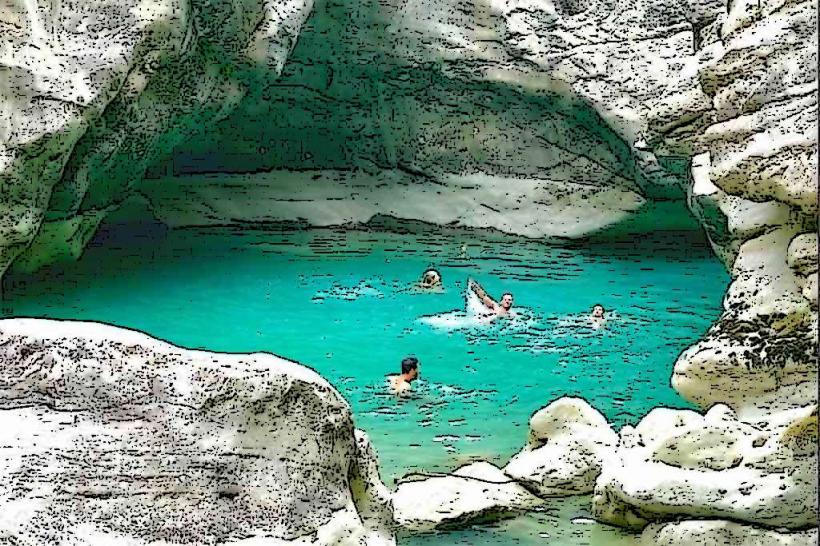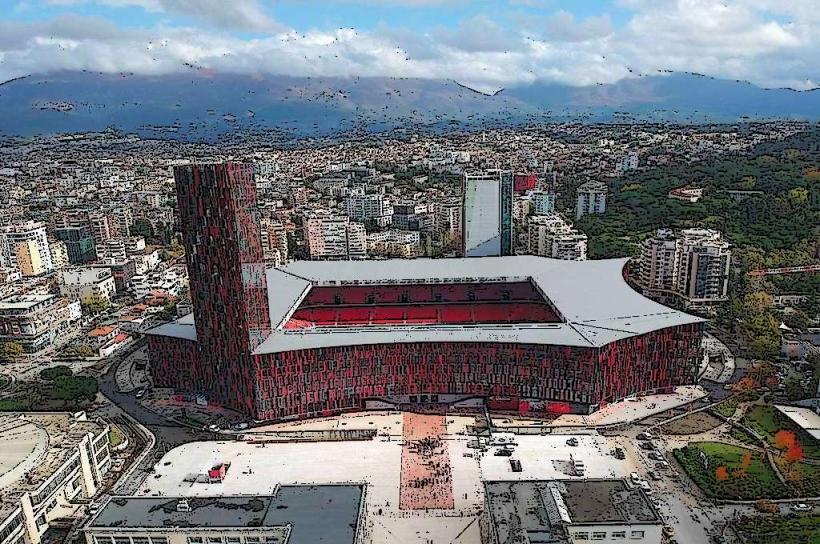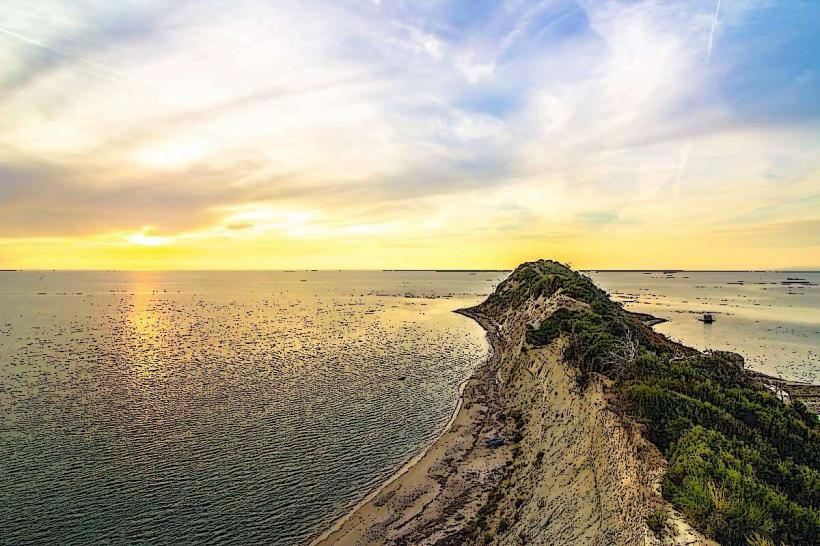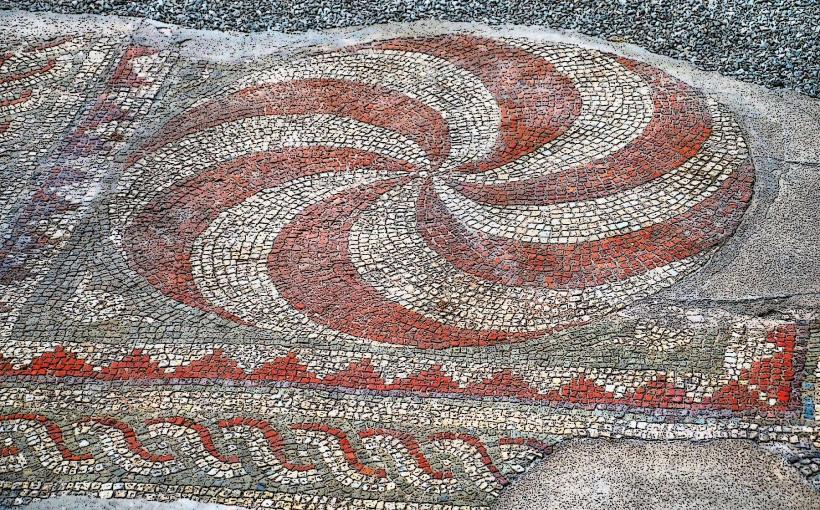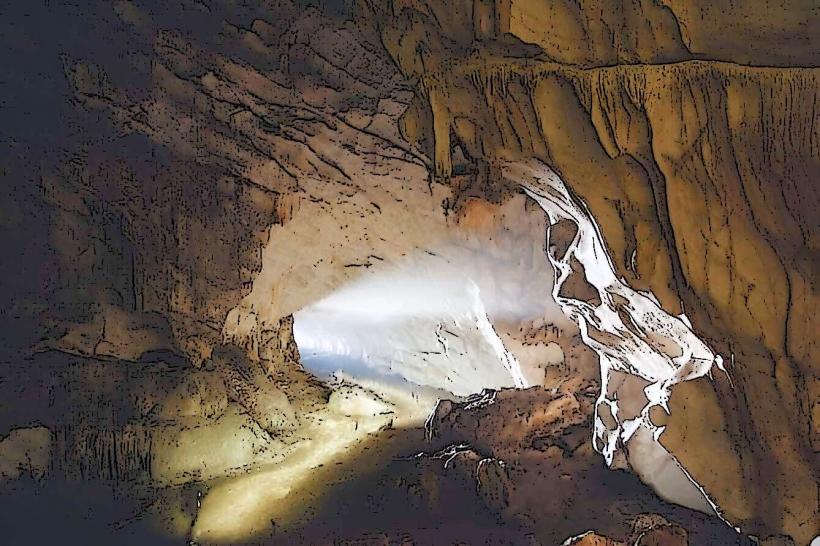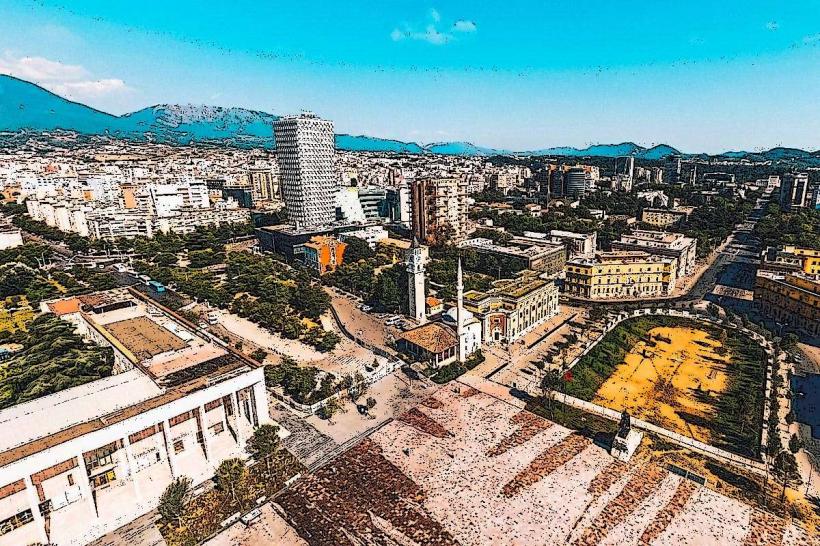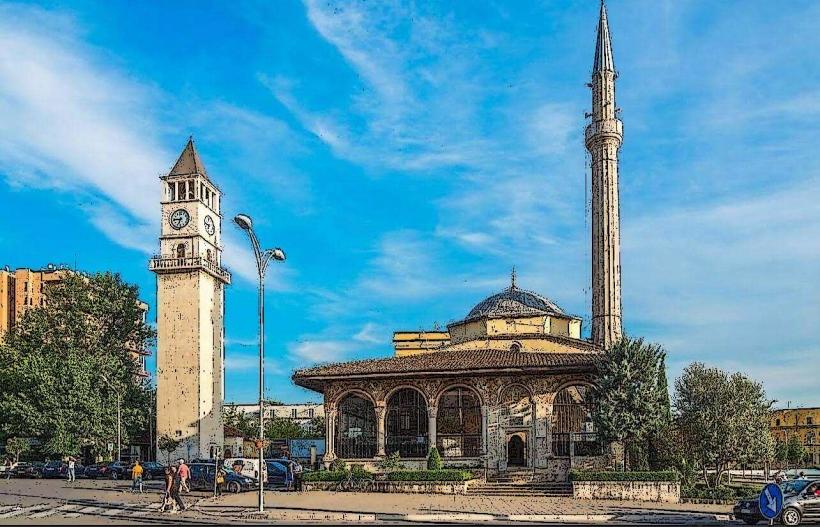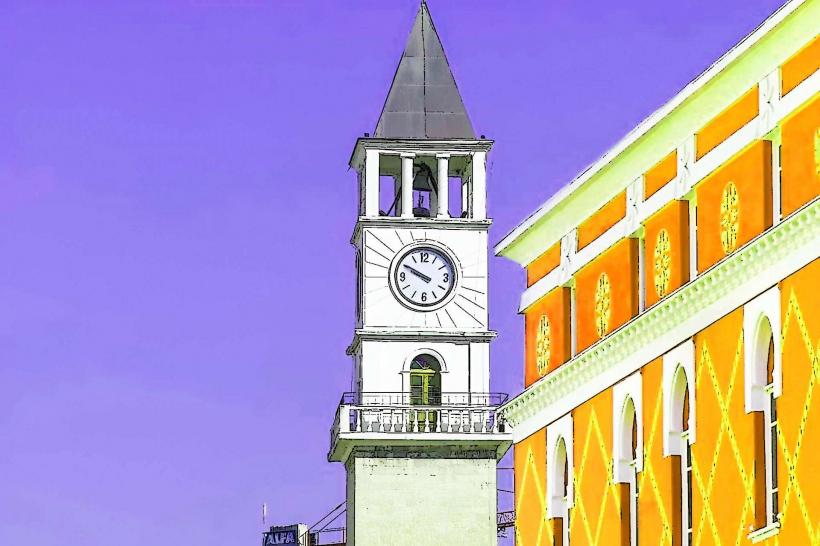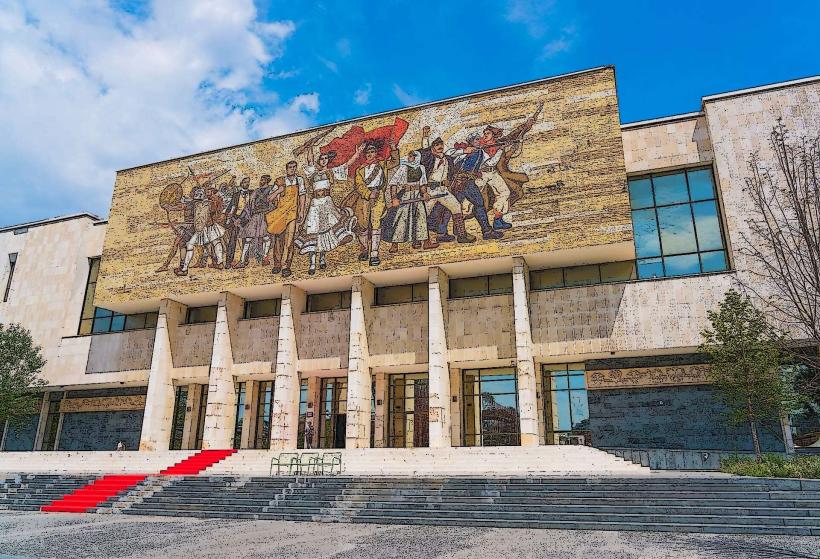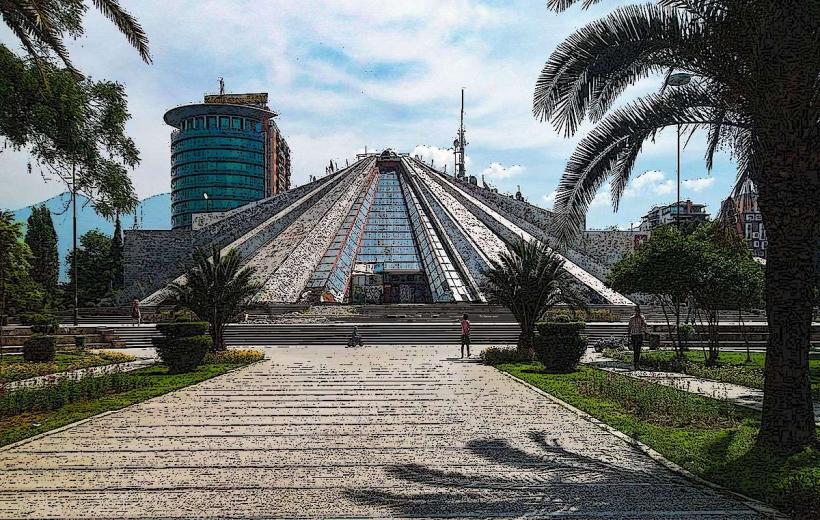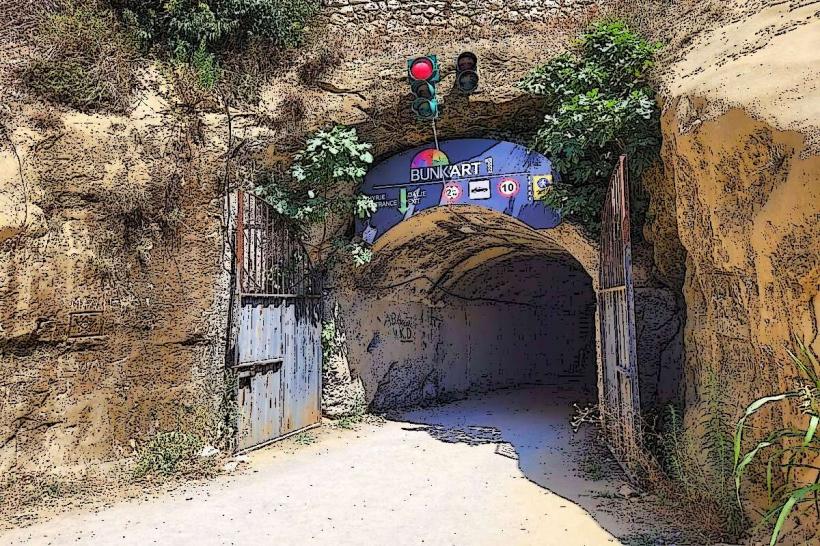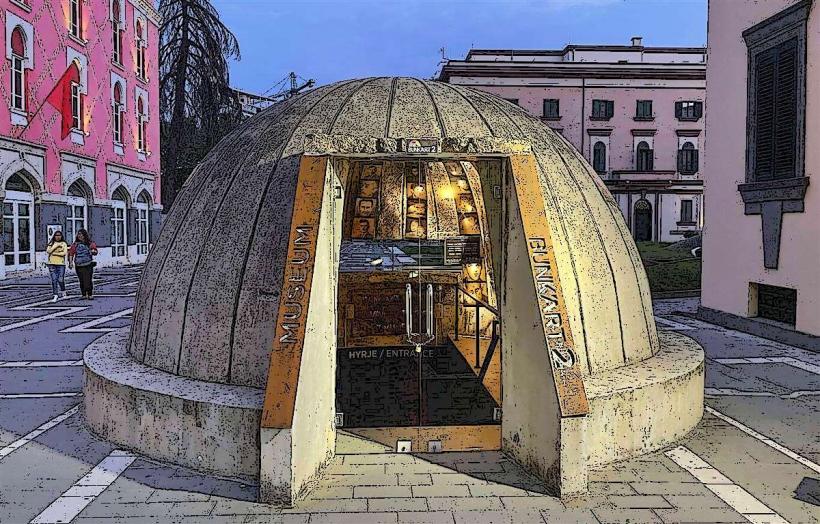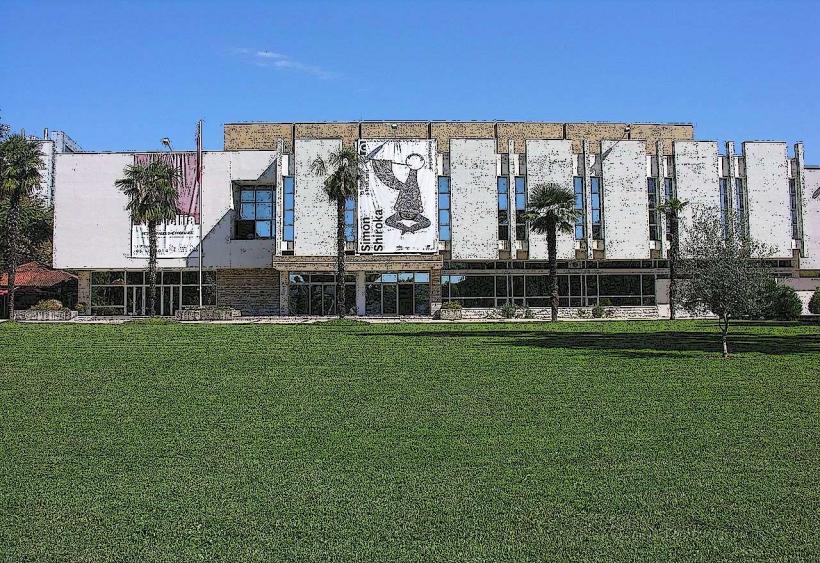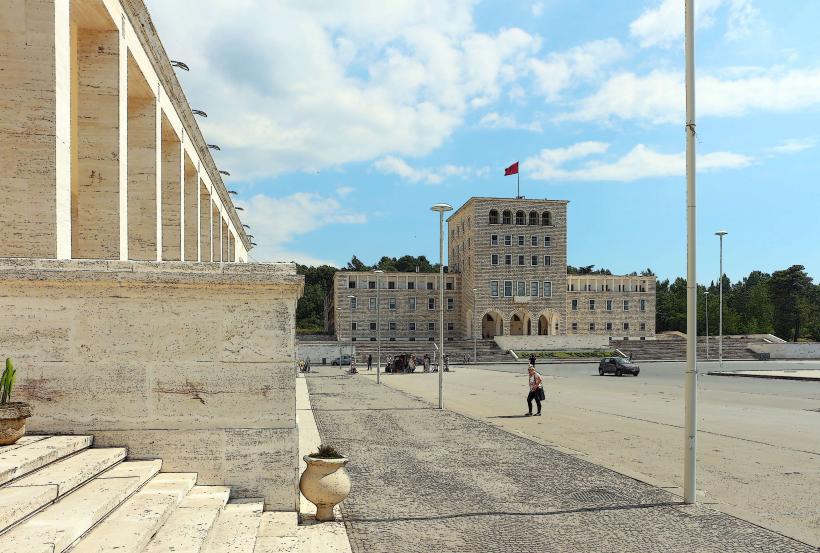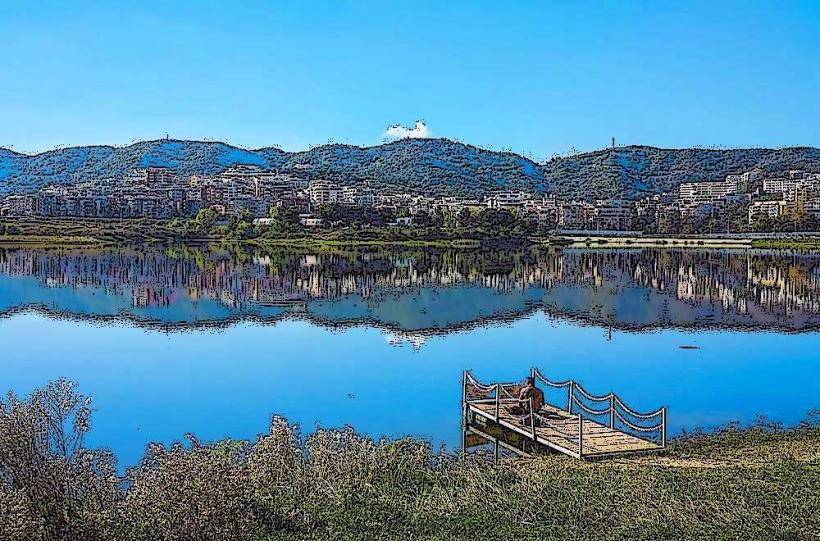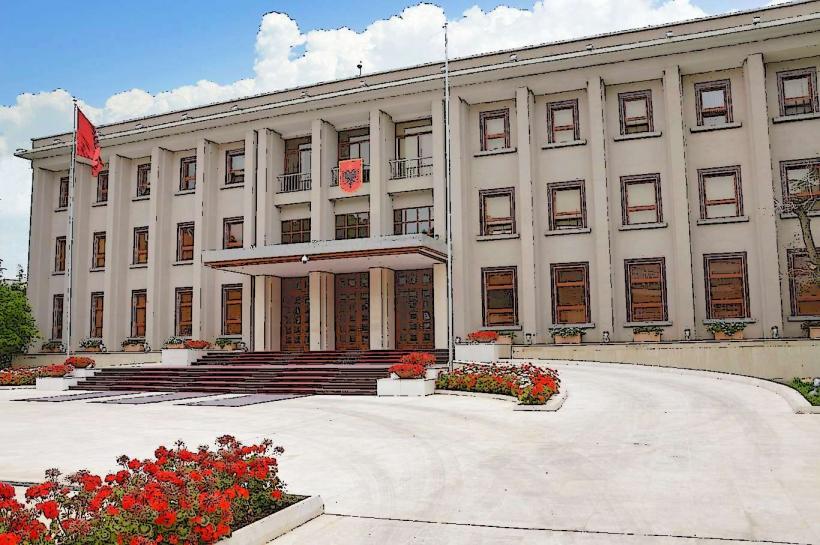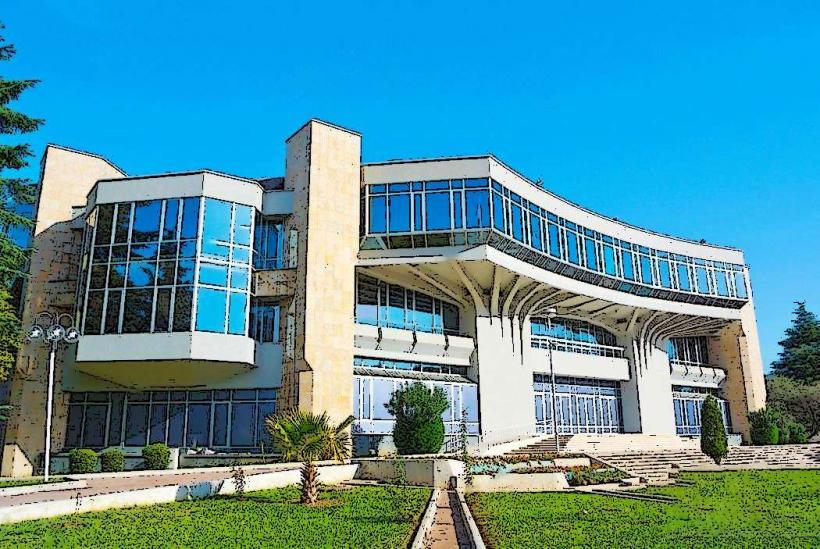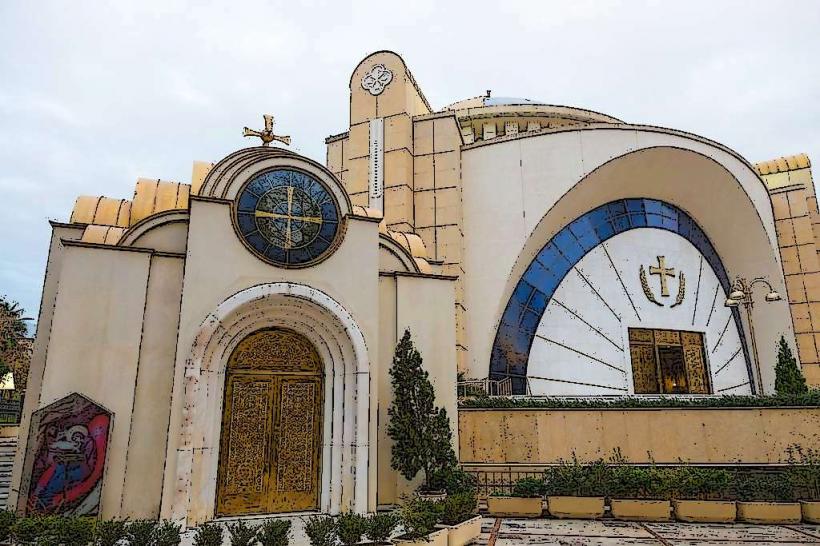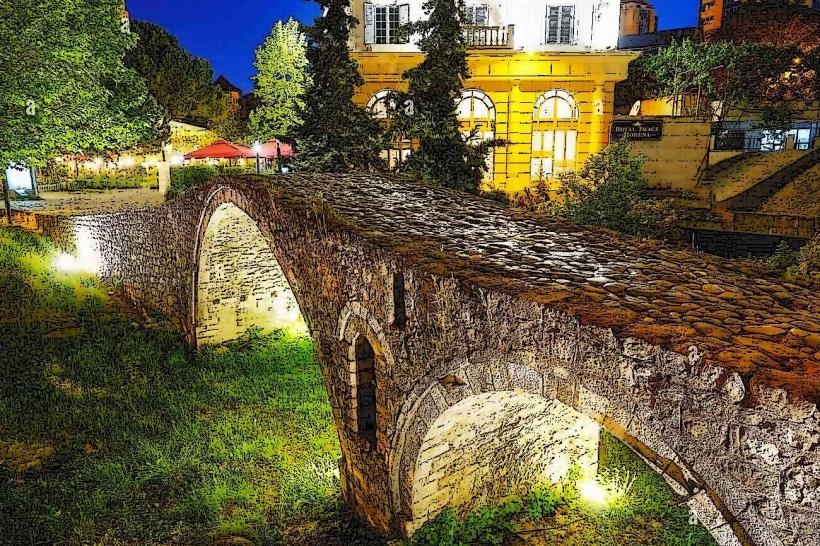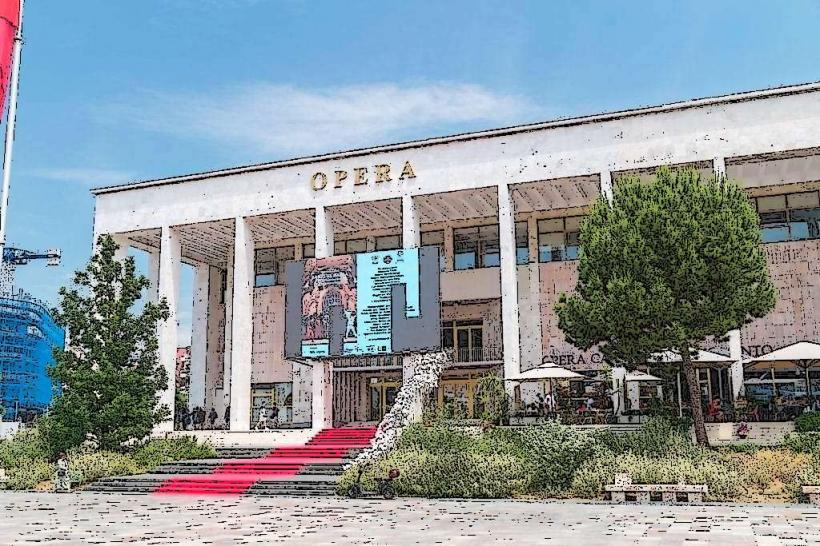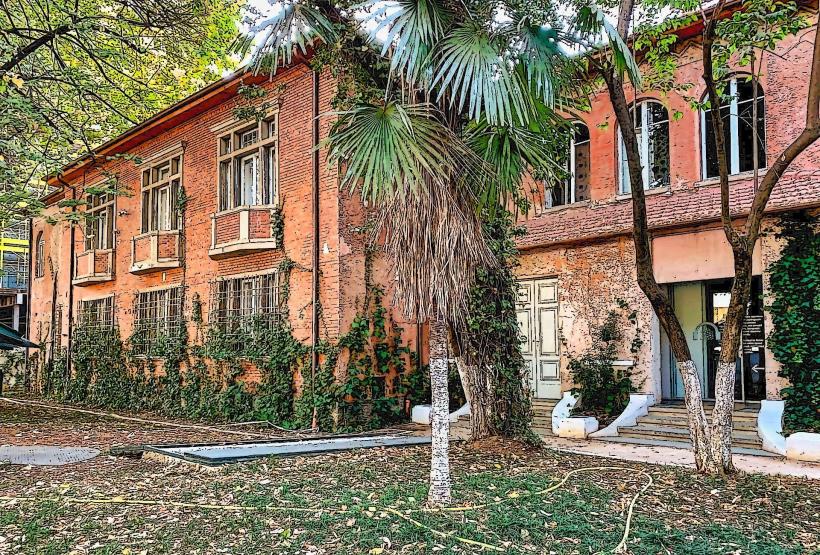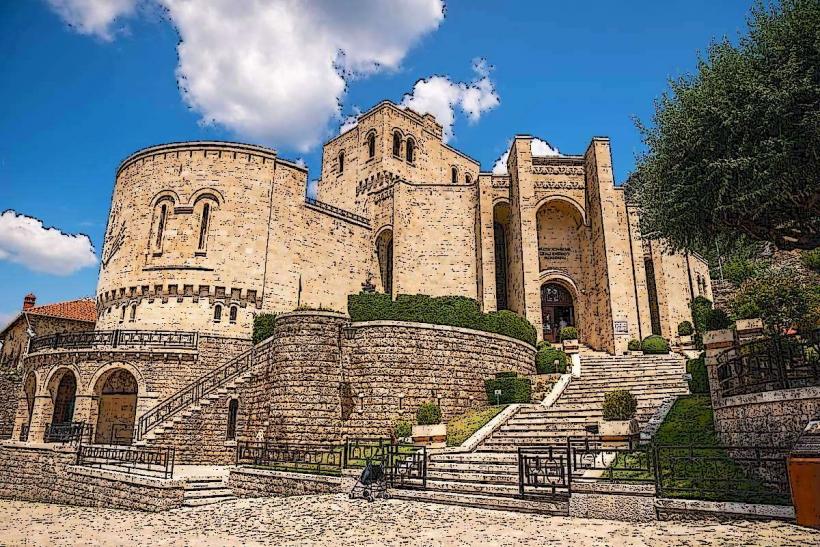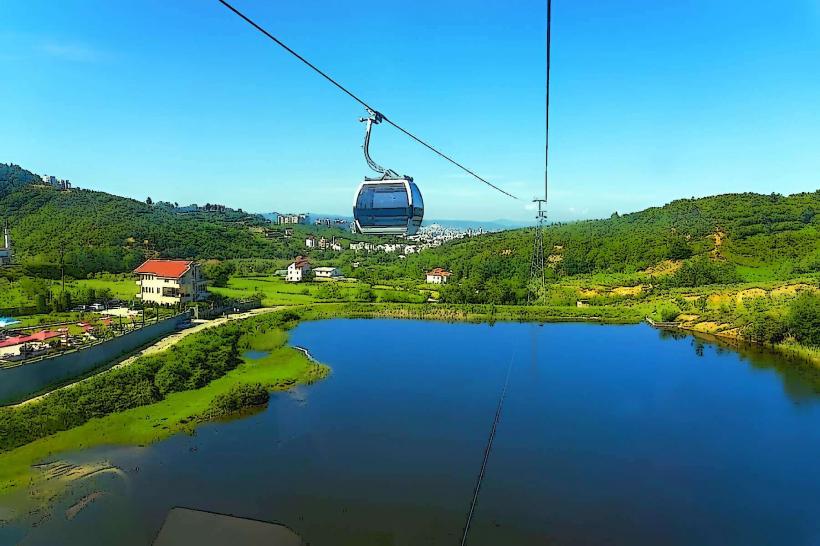Information
Landmark: Tirana CastleCity: Tirana
Country: Albania
Continent: Europe
Tirana Castle (Kalaja e Tiranës) is a historical landmark located in the heart of Tirana, Albania. It is one of the city's oldest sites, reflecting the rich and diverse history of the area. The castle, which has undergone significant changes over the centuries, offers insights into the Ottoman period, as well as earlier periods of occupation, including Roman and Byzantine influence.
1. Historical Background
Ancient Origins: The exact origins of Tirana Castle are unclear, but it is believed to have been originally built during the Byzantine period, likely as part of a defensive system to protect the area from invaders. There are remnants of Roman and Byzantine architecture found around the castle, suggesting that it served a strategic military function for several centuries.
Ottoman Influence: The castle as it exists today is mostly attributed to the Ottoman era. In the 17th century, under the Ottoman Empire, Tirana became an important military and administrative center. During this time, the castle was expanded and reinforced to accommodate the needs of the Ottoman authorities. The fortifications, including thick walls and defensive towers, were likely used for military purposes, such as surveillance, protection from attacks, and controlling the surrounding areas.
Post-Ottoman Changes: Following the collapse of the Ottoman Empire and the establishment of the Albanian state, the castle and its fortifications lost their military significance. Over time, parts of the castle were demolished, and the area around it began to urbanize as Tirana grew into a modern city. Despite this, sections of the castle walls and structures remain intact today, offering a glimpse into the past.
2. Architectural Features
Fortifications and Walls: The most visible remnants of Tirana Castle are its defensive walls and towers. These structures are built from stone and brick, materials that were common in the Ottoman period. The walls, though largely in a state of decay, are still visible around parts of the castle, and in some areas, they are as high as 6 meters (20 feet).
Gates and Entrances: The castle has several gates and entrances, which were originally used for military purposes. These include a main entrance that allowed access to the inner courtyard, and other smaller gates that provided access to different sections of the castle and the surrounding area.
Courtyards and Buildings: Inside the castle walls, there are traces of old buildings and courtyards that would have housed military personnel, administrative offices, and possibly local residents. Some buildings within the castle walls have been repurposed for commercial or residential use over the years, and a few are still in use today.
Clock Tower: One of the most prominent features of the castle area is the Clock Tower (Kulla e Sahatit), which is part of the Ottoman legacy in the castle's vicinity. The tower, which dates back to the late 19th century, was used to regulate time for the city. Today, it remains an iconic landmark in Tirana and is located near the castle's area, further tying the city’s history to its Ottoman past.
3. Role in Modern Tirana
Cultural Significance: While much of Tirana Castle's military function has faded over time, the site is still considered culturally important. It provides a historical context for visitors to understand the development of Tirana from a small town to the capital city of Albania. The castle’s history represents layers of cultural influence, from Byzantine to Ottoman, and is an important symbol of the city’s resilience and evolution.
Renovation and Preservation: In recent years, efforts have been made to preserve the remains of Tirana Castle and make it a focal point for both tourism and local heritage. Some parts of the castle have been renovated to attract visitors, while others remain in a more natural state, allowing for a blend of conservation and historical exploration.
Modern Use: The area surrounding Tirana Castle is becoming a central part of the city’s cultural landscape. Today, the castle is home to a range of cafes, shops, and restaurants, which cater to locals and tourists alike. It serves as a lively spot where visitors can relax and enjoy the rich history of Tirana while taking in the modern ambiance that now surrounds it.
4. Visitor Experience
Exploring the Castle: While the site is not as large as some other historical fortifications, Tirana Castle still offers an engaging experience for visitors interested in Albanian history. Visitors can explore the remnants of the walls, tower structures, and the archaeological layers that showcase the city's historical evolution.
Museum Exhibits: Some sections of the castle have been transformed into small museum exhibits, where visitors can learn more about the history of Tirana, its transformation under different empires, and the Ottoman influence on the city's development. Information boards and multimedia displays provide context for the castle’s historical significance.
Scenic Views: The castle’s elevated position in the city offers visitors beautiful views of Tirana, particularly the central areas and the Dajti Mountain in the distance. Visitors can take in the changing landscape of the city, with a combination of modern buildings and historic structures visible from the castle's vantage point.
5. Location and Accessibility
Central Location: Tirana Castle is located in the heart of Tirana, easily accessible from the city's central squares and streets. It is located near Skanderbeg Square, the main plaza of Tirana, making it a convenient stop for tourists exploring the city’s cultural and historical landmarks.
Public Accessibility: The castle is open to the public year-round, and there is no significant entry fee, making it accessible for a wide range of visitors. It is an integral part of the city’s efforts to maintain and promote its cultural heritage.
6. Conclusion
Tirana Castle is a significant historical site that reflects the multilayered history of Tirana. From its origins as a Byzantine fortress to its transformation during the Ottoman period, the castle remains a symbol of Tirana's past. While the fortifications and structures have seen changes over the centuries, the castle still offers a glimpse into the city's medieval and Ottoman history and provides an enriching experience for those wishing to learn about the heritage of Albania's capital. The blend of ancient history with modern amenities makes Tirana Castle an important landmark that connects the past with the present.

